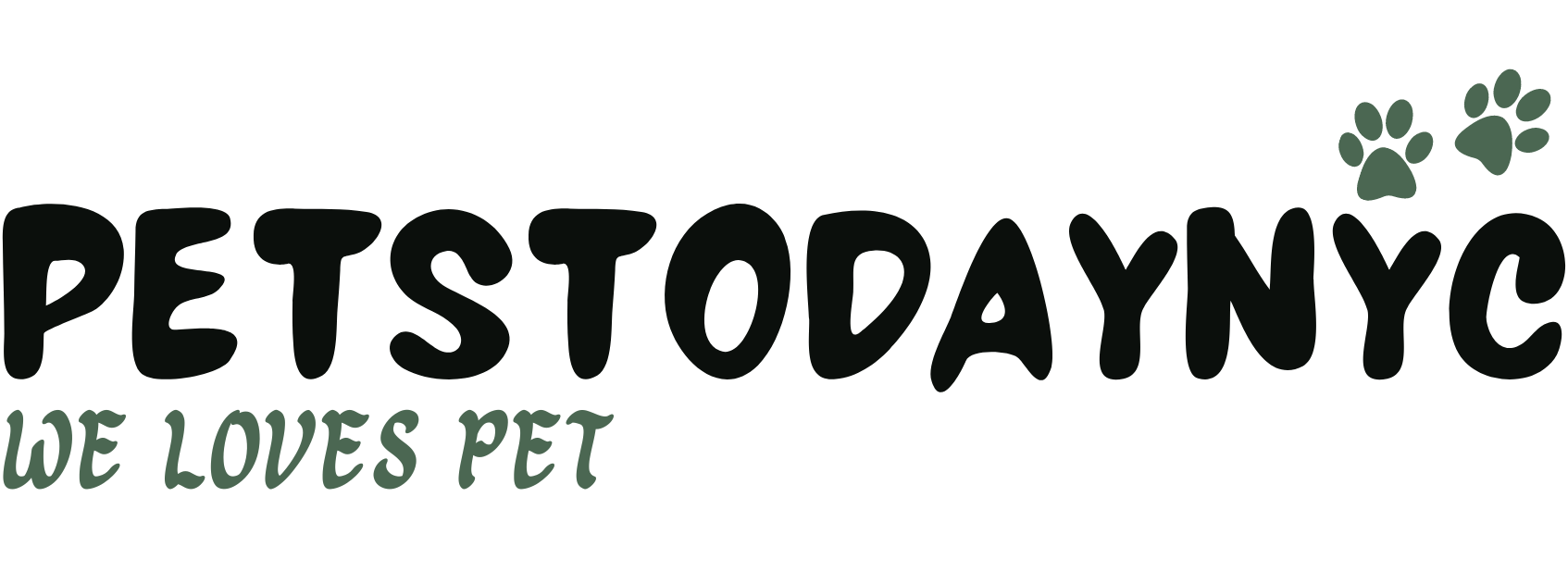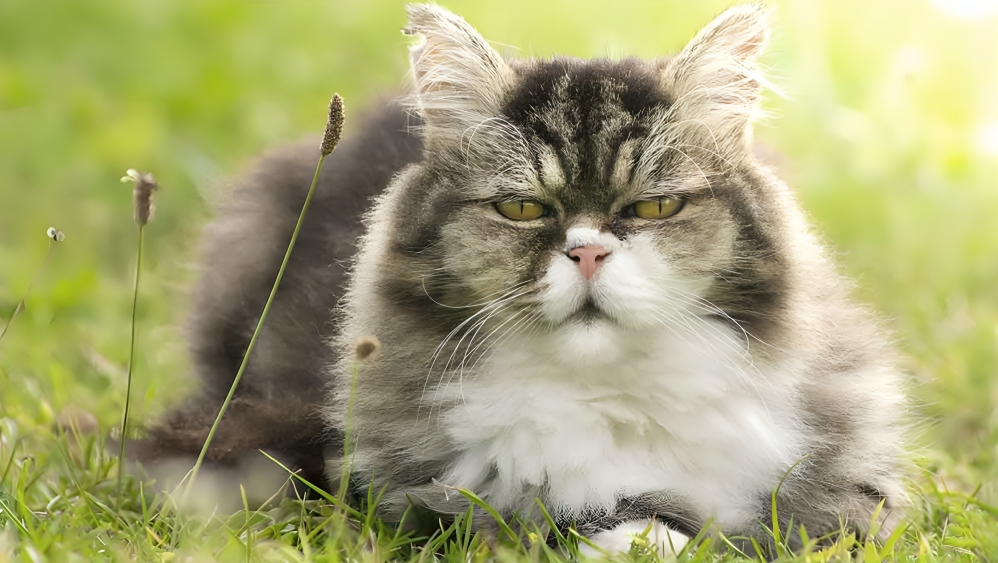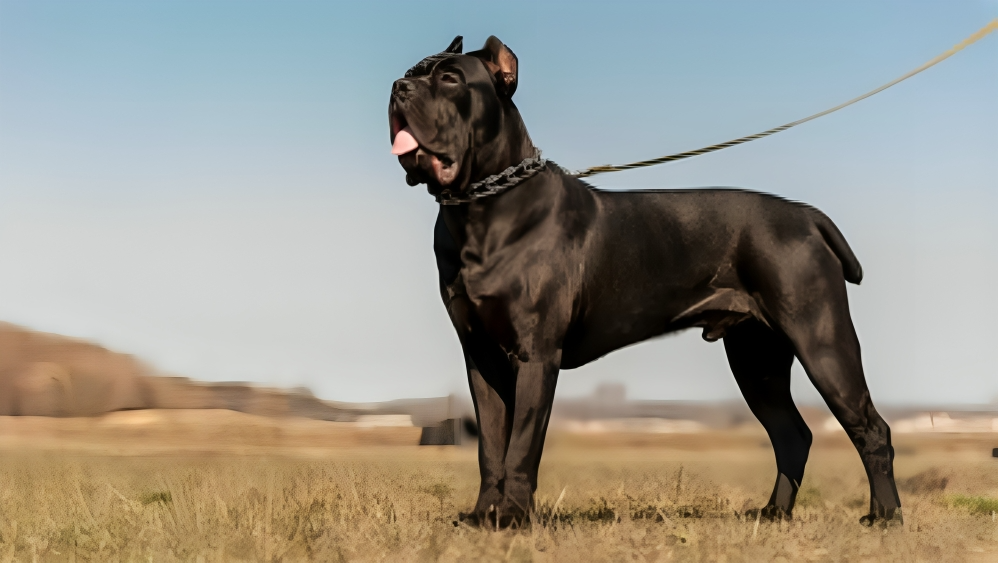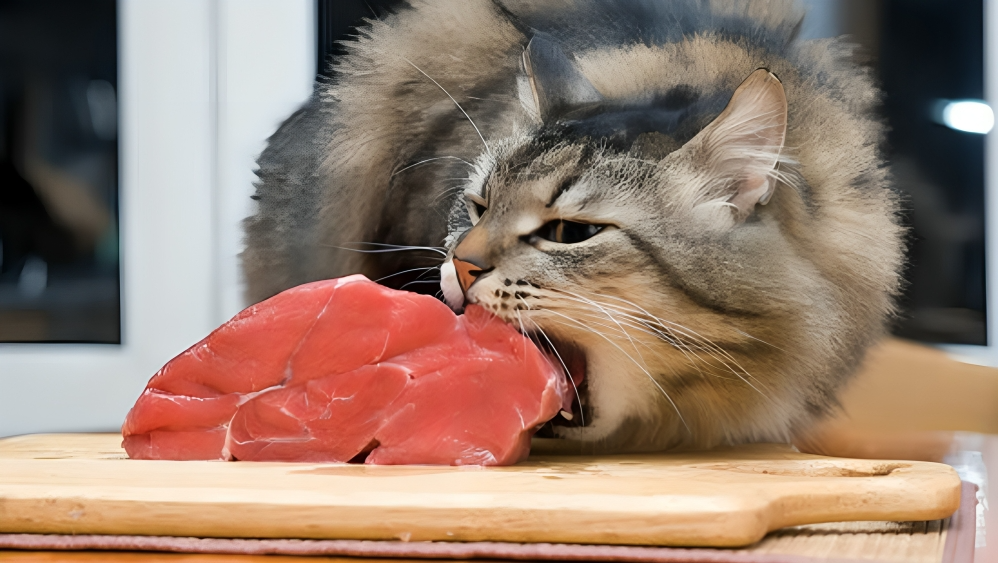What You Need to Know
In recent years, the pet food industry has witnessed a significant shift in consumer preferences, leading to a surge in the popularity of grain-free cat food. Pet owners are becoming increasingly conscious of the nutritional needs of their feline companions, and the debate over the benefits and potential drawbacks of grain-free cat food has gained momentum. In this comprehensive guide, we will delve into the world of grain-free cat food, exploring its origins, potential benefits, and concerns, and offering insights to help you make informed decisions for your furry friend.
READ MORE…..
Understanding Grain-Free Cat Food
Grain-free cat food refers to formulations that exclude common grains like wheat, corn, and soy from their ingredients list. Instead, these diets often rely on alternative carbohydrate sources such as peas, lentils, or potatoes. The shift towards grain-free options is driven by the belief that cats, as obligate carnivores, thrive on a diet that closely mimics their ancestral, meat-centric eating habits.
Origins and Evolution
The grain-free movement in pet nutrition began as an extension of the human health and wellness trend. With the rise in gluten-free and paleo diets among humans, pet owners started seeking similar alternatives for their feline companions. Manufacturers responded to this demand by introducing grain-free cat food options, emphasizing high-quality animal proteins and nutrient-dense ingredients.
Potential Benefits of Grain-Free Cat Food
- Allergies and Sensitivities: Proponents of grain-free cat food argue that removing common allergens like wheat, corn, and soy can benefit cats with food sensitivities or allergies. Some cats may experience digestive issues or skin problems as a result of grain consumption, and a grain-free diet may provide relief.
- Weight Management: Grain-free cat food often emphasizes protein-rich ingredients, which can contribute to a feeling of fullness and may help in weight management. Cats are obligate carnivores, and a diet high in protein may align more closely with their natural dietary preferences.
- Digestive Health: The absence of grains in cat food may improve some cats’ digestive health. Grain-free formulas typically incorporate alternative sources of carbohydrates, such as sweet potatoes or peas, which some argue are more easily digestible for cats.
- Dental Health: Some grain-free cat foods are formulated with larger kibble sizes or textures designed to promote dental health. Chewing on larger kibble may help reduce plaque and tartar buildup on a cat’s teeth.
Concerns and Criticisms
While grain-free cat food has gained popularity, it has also faced scrutiny and criticism. Some concerns associated with grain-free diets include:
- Taurine Deficiency: Taurine is an essential amino acid for cats, and some grain-free diets may not provide sufficient levels. Taurine deficiency can lead to serious health issues, including heart problems and vision issues.
- Risk of Dilated Cardiomyopathy (DCM): There has been a growing concern about a potential link between grain-free diets and an increased risk of DCM, a heart condition in cats. This has led to investigations by regulatory bodies and veterinary professionals.
- Incomplete Nutrition: Critics argue that some grain-free cat foods may not offer a balanced and complete nutritional profile. It’s crucial for pet owners to carefully examine the ingredients and nutritional content of any cat food they choose.
- Environmental Impact: Ingredients like peas and lentils, often used in grain-free formulations, may have environmental implications. The sustainability of these ingredients and their impact on the overall ecological footprint of pet food production is a subject of ongoing debate.
Making Informed Decisions
As a responsible pet owner, it’s essential to make informed decisions about your cat’s diet. Here are some tips to help you navigate the world of grain-free cat food:
- Consult with a Veterinarian: Before making any significant changes to your cat’s diet, consult with a veterinarian. They can provide valuable insights into your cat’s specific nutritional needs and help you choose an appropriate diet.
- Read Ingredient Labels: Carefully read and understand the ingredient labels of cat food products. Look for high-quality protein sources and ensure that the diet meets the nutritional requirements established by reputable authorities.
- Monitor Your Cat’s Health: Keep a close eye on your cat’s health and behavior after transitioning to a new diet. If you notice any adverse reactions or changes in health, consult with your veterinarian promptly.
- Consider Individual Needs: Cats are individuals, and what works for one may not work for another. Consider age, activity level, and any pre-existing health conditions when selecting a cat food formula.
Decoding Diets: Grain-Free vs. Raw Cat Food
Both grain-free and raw cat food diets have gained popularity among pet owners who seek to provide their cats with nutrition that closely mimics their natural diet. However, these diets have distinct characteristics and considerations.
Grain-Free Cat Food
Pros:
- Reduced Allergens: Cats may develop allergies to grains like wheat, corn, or soy. Grain-free diets eliminate these potential allergens.
- Weight Management: Some cats benefit from grain-free diets for weight management, as these diets often have higher protein content and lower carbohydrate levels.
- Digestive Health: Grain-free options might be easier on a cat’s digestive system, especially if they have sensitivities to grains.
Cons:
- Nutrient Imbalance: The removal of grains may lead to imbalances in essential nutrients, requiring careful formulation or supplementation.
- Cost: High-quality grain-free cat foods can be more expensive than conventional options.
Raw Cat Food
Pros:
- Nutrient Rich: Raw diets aim to provide a more natural, nutrient-rich diet by including raw meat, organs, and bones.
- Dental Health: Chewing on raw bones may contribute to dental health by reducing plaque and tartar.
- Potential Allergen Reduction: By eliminating processed ingredients, raw diets might help cats with food sensitivities or allergies.
Cons:
- Bacterial Contamination: Raw food carries the risk of bacterial contamination (e.g., Salmonella or E. coli), posing health risks to both cats and humans.
- Nutritional Imbalance: Formulating a balanced raw diet can be challenging, leading to potential nutritional deficiencies or excesses.
- Cost and Convenience: Raw diets can be more expensive and time-consuming to prepare than commercial cat food.
Considerations for Both Diets
- Transition Period: Cats may take time to adjust to a new diet, so gradual transitions are recommended.
- Veterinary Guidance: Before switching to any specialty diet, consult with a veterinarian to ensure it meets your cat’s specific nutritional needs.
- Individual Variability: Cats have individual dietary preferences and sensitivities, so what works for one cat may not work for another.
Conclusion
Grain-free cat food has become a popular choice for pet owners seeking alternative diets that align with their perceptions of a cat’s natural dietary needs. While there are potential benefits, it’s crucial to approach this trend with caution and awareness of the potential concerns associated with grain-free diets. Ultimately, the key to providing optimal nutrition for your cat lies in a balanced, well-formulated diet that meets their unique requirements. Regular veterinary check-ups and open communication with your veterinarian will contribute to your cat’s overall health and well-being.



